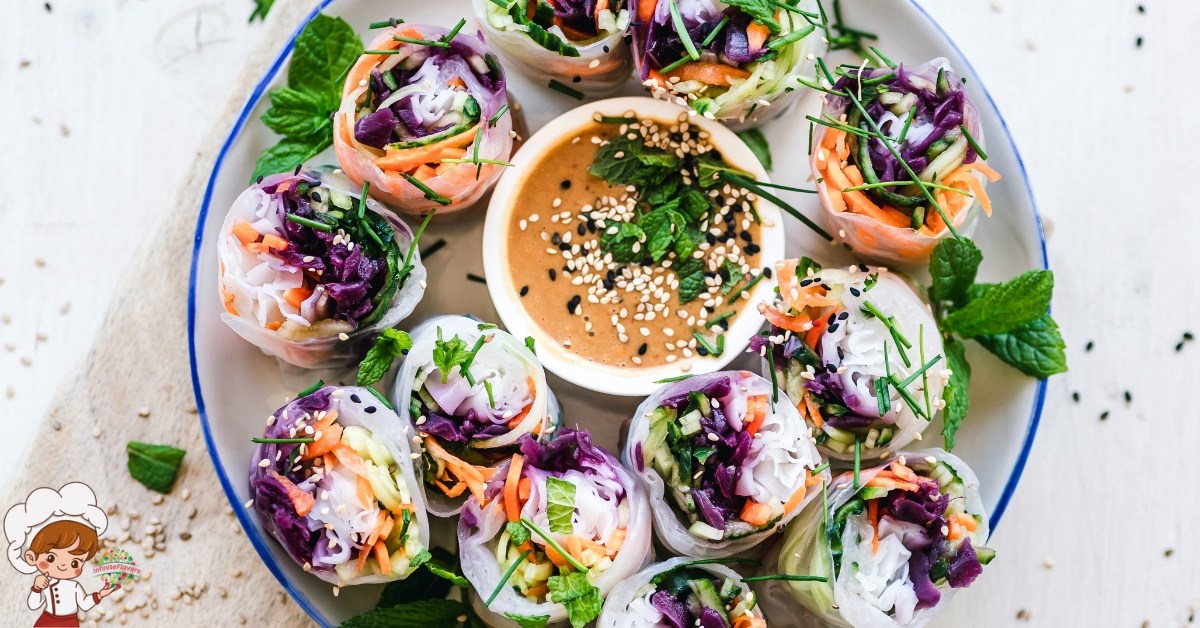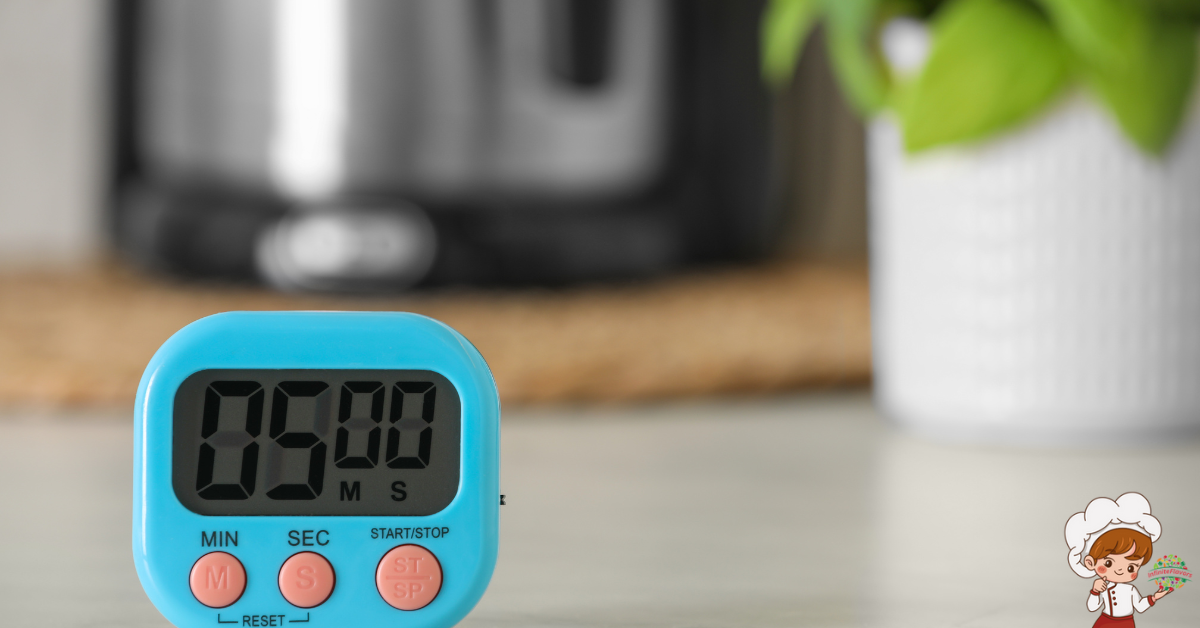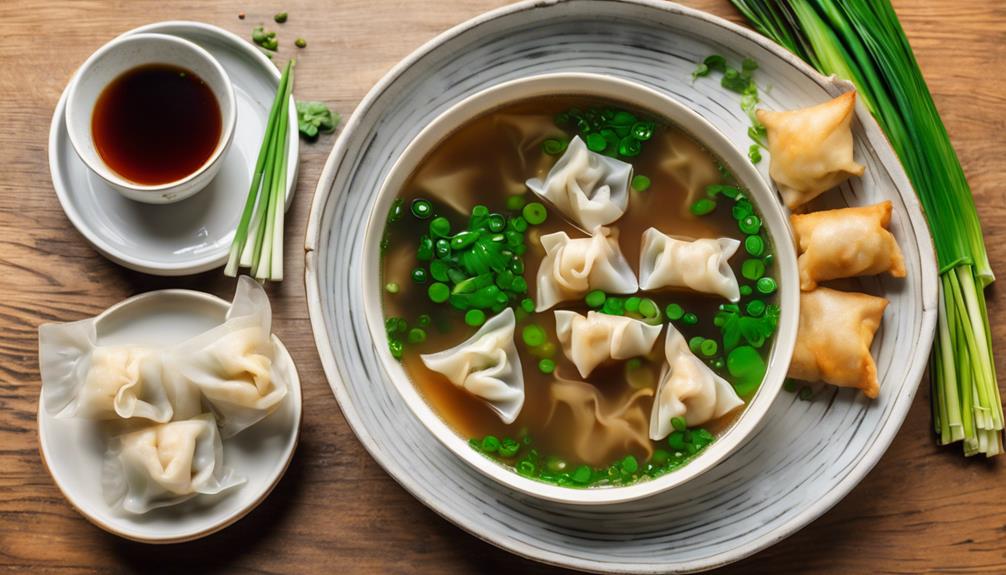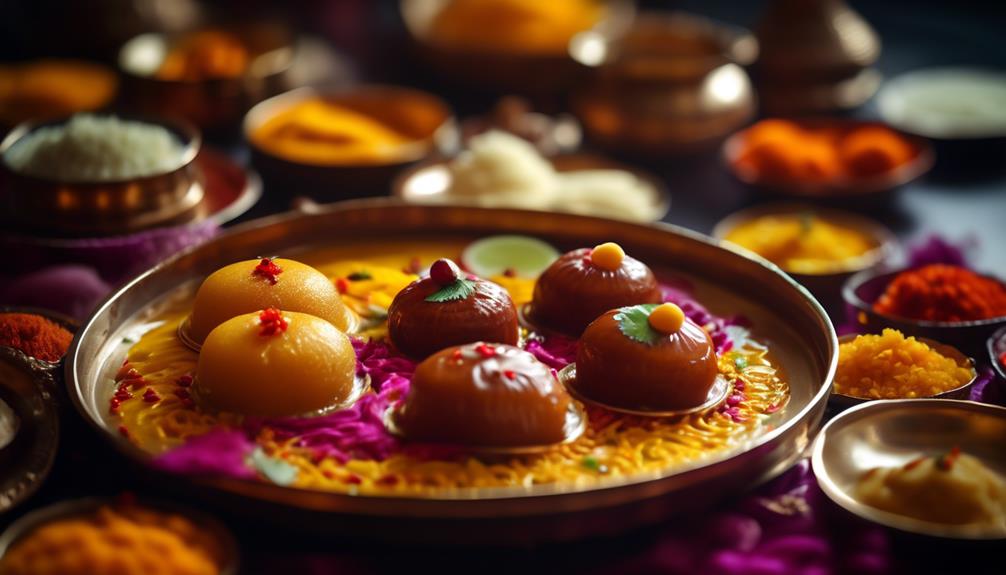What Is the Best Gluten-Free Baking Guides for Diet
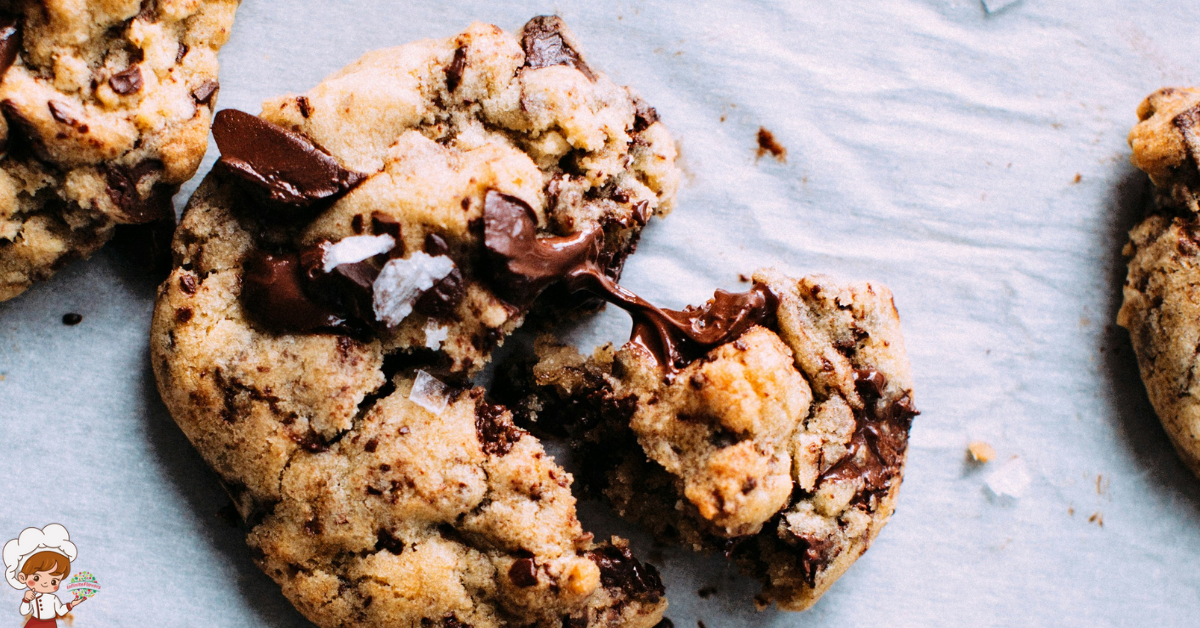
Gluten-Free Baking Guides for Diet; Are you struggling to find the perfect gluten-free baking guides for your diet? Look no further! In this article, we will explore the essential gluten-free baking guides that will help you create delicious and satisfying treats without gluten. From understanding the basics of gluten-free baking to mastering measurements and ratios, we’ve got you covered. Discover the must-have tools and equipment, explore the best flour substitutes, and learn how to achieve the perfect texture in your gluten-free baked goods. We’ll even tackle common troubleshooting issues and share expert recommended recipe books. Get ready to embark on a gluten-free baking adventure that will leave your taste buds wanting more!
Understanding Gluten-Free Baking Basics
To begin understanding gluten-free baking basics, you need to start with a clear understanding of the ingredients and techniques you will be using. Gluten-free baking techniques are slightly different from traditional baking methods because you are working with alternative flours and binders that do not contain gluten.
One of the most common gluten-free baking techniques is using a blend of different flours and starches to create a similar texture to wheat flour. For example, combining rice flour, tapioca flour, and potato starch can mimic the texture of all-purpose flour. Additionally, xanthan gum or guar gum can be used as binders to replace the gluten that is missing. These binders help to hold the baked goods together and prevent them from becoming crumbly.
When it comes to gluten-free baking, there are some common mistakes that people often make. One of the biggest mistakes is not properly measuring the ingredients. Unlike traditional baking, where you can get away with a little extra flour or sugar, gluten-free baking requires precise measurements. Using too much or too little of an ingredient can alter the texture and taste of the final product.
Another common mistake is using the wrong type of flour. Not all gluten-free flours are created equal, and each has its own unique properties. It’s important to choose the right flour for the recipe you are making to ensure the best results. Lastly, overmixing the batter or dough can lead to a dense and tough texture. Gluten-free batters and doughs are more delicate and should be mixed just until the ingredients are combined.
Essential Gluten-Free Baking Tools and Equipment
Now that you’ve got the basics of gluten-free baking down, it’s time to talk about the essential tools and equipment you’ll need to create delicious gluten-free treats. From must-have baking utensils like measuring cups and spoons to essential mixing appliances like a stand mixer or hand mixer, having the right tools can make all the difference in your baking success. So let’s dive in and discover the essential gluten-free baking tools and equipment that should be in every gluten-free baker’s kitchen.
Must-Have Baking Utensils
Make sure you have all the necessary gluten-free baking utensils to create delicious treats. Having the right tools can make a world of difference in your baking experience. Here are some must-have baking utensils that will help you master gluten-free baking techniques and explore the world of alternative sweeteners:
- Mixing Bowls: Choose a set of mixing bowls in various sizes to accommodate different recipes. Stainless steel or glass bowls are ideal for gluten-free baking.
- Whisk: A whisk is essential for combining ingredients and incorporating air into your batter or dough.
- Silicone Spatula: This versatile tool is perfect for folding in ingredients and scraping every last bit of batter from the bowl.
- Measuring Cups and Spoons: Accurate measurements are crucial in gluten-free baking, so invest in a good set of measuring cups and spoons.
- Baking Pans: Stock up on various sizes and shapes of baking pans, including cake pans, muffin tins, and loaf pans.
- Wire Cooling Rack: A wire cooling rack allows air to circulate, preventing your baked goods from becoming soggy.
With these essential gluten-free baking tools, you’ll be well-equipped to create mouthwatering treats using alternative sweeteners and mastering various baking techniques.
Essential Mixing Appliances
You’ll also need a few essential mixing appliances to complement your gluten-free baking tools and equipment. When it comes to gluten-free baking, the key is to achieve the right texture and consistency in your baked goods. Mixing techniques play a crucial role in achieving this. One essential mixing appliance is a stand mixer, which makes it easy to mix and knead dough. It saves you time and effort, ensuring a well-mixed batter every time. Another must-have is a hand mixer, which is perfect for smaller batches and quick mixing tasks.
Additionally, consider investing in a high-quality blender for making smooth batters and purees. Finally, don’t forget about alternative sweeteners! Mixing appliances help blend these sweeteners into your gluten-free treats, ensuring a delicious and healthier end result.
The Best Gluten-Free Flour Substitutes
Are you looking for gluten-free flour substitutes? Look no further! Nut-based flour alternatives, such as almond flour and coconut flour, are excellent options for those following a gluten-free diet. On the other hand, starch-based flour options like tapioca flour and potato starch can also provide the texture and structure needed for your favorite baked goods.
Nut-Based Flour Alternatives
For the best gluten-free flour substitutes, turn to nut-based flour alternatives. These options not only provide a delicious taste but also offer a variety of health benefits. Here are two sub-lists to evoke an emotional response in you:
Benefits of Nut-Based Flour Alternatives:
- Rich in nutrients: Nut-based flours are packed with essential vitamins, minerals, and healthy fats, giving your baked goods an added nutritional boost.
- Enhanced flavor and texture: Nut-based flours add a unique and rich flavor to your recipes, creating a delightful taste experience. They also contribute to a moist and tender texture, making your baked goods extra enjoyable.
The Best Nut-Based Flour Alternatives:
- Almond flour: Made from ground almonds, almond flour is a popular choice due to its mild flavor and versatility in various recipes.
- Coconut flour: Derived from dried coconut meat, coconut flour adds a subtle sweetness to your baked goods while providing a light and fluffy texture.
Incorporating these nut-based flour alternatives into your gluten-free baking will not only satisfy your taste buds but also support your overall well-being.
Starch-Based Flour Options
If you’re looking for the best gluten-free flour substitutes, consider incorporating starch-based flour options into your baking. Starch-based flour alternatives are a great choice for gluten-free baking because they provide structure and texture to your baked goods. One popular starch-based flour option is tapioca flour, which is made from the cassava root. Tapioca flour is known for its ability to create a chewy and light texture in baked goods.
Another starch-based flour alternative is potato starch, which helps to create a soft and moist crumb in gluten-free recipes. Cornstarch is also commonly used in gluten-free baking as it adds lightness and tenderness to baked goods. The benefits of using starch-based flours in gluten-free baking are that they are easily accessible, budget-friendly, and provide excellent results in terms of texture and taste. So, next time you’re in need of a gluten-free flour substitute, give starch-based flours a try and enjoy delicious gluten-free baked goods.
Mastering Gluten-Free Baking Measurements and Ratios
Mastering the measurements and ratios of gluten-free baking is essential for achieving delicious and successful results in your diet. It can be a bit tricky at first, but with practice and the right techniques, you’ll become a gluten-free baking pro in no time. Here are some gluten-free baking tips and common gluten-free baking mistakes to help you along the way:
- Gluten-Free Baking Tips:
- Use a digital kitchen scale: Measuring ingredients by weight is more accurate than using volume measurements. This is especially important in gluten-free baking, where precise measurements are crucial.
- Experiment with different flours: Gluten-free flours have different textures and flavors. Mix and match to find the perfect combination for your recipes.
- Add xanthan gum or psyllium husk: These ingredients help bind the dough and give it a more elastic texture. They’re essential in gluten-free baking to replace the missing gluten.
- Common Gluten-Free Baking Mistakes:
- Overmixing the batter: Unlike regular baking, gluten-free batters should not be overmixed. Overmixing can result in a dense and gummy texture. Mix until just combined for the best results.
- Skipping the resting time: Gluten-free flours need time to absorb moisture. Letting the batter rest for 15-30 minutes allows the flours to hydrate and leads to a better texture in the final product.
Tips for Achieving the Perfect Texture in Gluten-Free Baked Goods
To achieve the perfect texture in your gluten-free baked goods, focus on incorporating the right ingredients and techniques. When it comes to gluten-free baking, achieving moisture can be a challenge. Without the presence of gluten, which provides structure and elasticity, baked goods can turn out dry and crumbly. However, there are several tips you can follow to ensure your gluten-free treats are moist and delicious.
One of the key ingredients for achieving moisture in gluten-free baked goods is fat. Adding enough fat, such as butter or oil, helps to keep the baked goods moist and tender. You can also use ingredients like yogurt or applesauce, which add moisture while keeping the fat content lower. Additionally, using ingredients like almond flour or coconut flour can contribute to a moist texture, as these flours contain a higher amount of fat compared to traditional gluten-free flours like rice or corn flour.
Incorporating the right techniques is equally important. For example, when mixing the batter or dough, be sure not to overmix. Overmixing can lead to a tough and dry end product. It’s also a good idea to let the batter or dough rest for a few minutes before baking. This allows the gluten-free flours to fully absorb the liquids and results in a better texture.
When it comes to enhancing flavor in gluten-free baking, there are a few tricks you can use. First, consider adding a touch of sweetness to your recipes, as gluten-free flours can sometimes have a slightly bitter taste. You can also experiment with different spices and extracts to add depth and complexity to your baked goods. Lastly, incorporating flavorful mix-ins like chocolate chips, nuts, or dried fruits can take your gluten-free treats to the next level.
Troubleshooting Common Issues in Gluten-Free Baking
Having trouble with achieving the perfect texture in your gluten-free baked goods? Gluten-free baking can be challenging, but with the right troubleshooting techniques, you can overcome common issues and create delicious gluten-free treats. Here are some tips to help you troubleshoot and conquer the most common gluten-free baking challenges:
- Dry and Crumbly Texture:
- Increase the moisture content by adding extra liquid ingredients such as milk or yogurt.
- Use a combination of gluten-free flours and starches to improve texture and moisture retention.
- Dense and Gummy Texture:
- Avoid overmixing the batter as this can activate the gluten-free flours and make the final product dense and gummy.
- Incorporate more leavening agents like baking powder or soda to help the dough rise and create a lighter texture.
- Lack of Structure:
- Add binding agents like xanthan gum or psyllium husk to help give structure to your gluten-free baked goods.
- Use a combination of gluten-free flours with different protein levels to mimic the structure that gluten provides.
- Sinking in the Middle:
- Check your oven temperature to ensure it’s accurate and preheat it properly.
- Avoid opening the oven door too often while baking, as this can cause the baked goods to sink in the middle.
- Gritty Texture:
- Use finely ground gluten-free flours to achieve a smoother texture.
- Consider using flour blends specifically formulated for gluten-free baking to avoid grittiness.
Expert Recommended Gluten-Free Baking Recipe Books
If you’re looking for the best gluten-free baking recipe books, there are a few expert-recommended options you should consider. These books not only provide delicious recipes, but also valuable information on gluten-free baking techniques and incorporating whole grains in gluten-free baking.
One highly recommended book is “Gluten-Free Baking for Beginners” by Jill McKeever. This book is perfect for those new to gluten-free baking, as it provides step-by-step instructions and helpful tips for success. It covers a wide range of recipes, from breads and pastries to cookies and cakes. McKeever also includes information on how to incorporate whole grains into your gluten-free baked goods, ensuring a healthier and more nutritious outcome.
Another popular choice is “The How Can It Be Gluten-Free Cookbook” by America’s Test Kitchen. This comprehensive guide not only includes 350 gluten-free recipes but also offers detailed explanations of the science behind gluten-free baking. It explores different flours and starches, providing insights into their properties and how to use them effectively. The book also covers techniques for achieving the best results, such as proper mixing and handling of dough.
For those looking for a more specialized approach, “Gluten-Free Artisan Bread in Five Minutes a Day” by Jeff Hertzberg and Zoë François is a great option. This book focuses on gluten-free bread baking and offers easy-to-follow recipes for homemade gluten-free breads that rival their gluten-containing counterparts. It also includes tips on using whole grains in bread baking, allowing you to create healthier loaves with a variety of flavors and textures.
Gluten-Free Baking Guides for Diet; Frequently Asked Questions
Can I Use Regular Baking Tools and Equipment for Gluten-Free Baking?
Yes, you can use regular baking tools and equipment for gluten-free baking. However, it is important to thoroughly clean them to avoid cross-contamination. Follow these tips for successful gluten-free baking.
What Are Some Common Issues That Can Arise When Baking Gluten-Free Goods?
When baking gluten-free goods, you may encounter common challenges like dryness, crumbliness, and lack of rise. But fear not! There are troubleshooting tips available to help you overcome these obstacles and achieve delicious results.
Are There Any Specific Recipe Books Recommended by Experts for Gluten-Free Baking?
Looking for gluten-free recipe recommendations and baking tips? Experts recommend checking out specific recipe books that cater to gluten-free baking. These books are packed with helpful tips and delicious recipes to satisfy your gluten-free cravings.
How Can I Achieve the Perfect Texture in Gluten-Free Baked Goods?
To achieve the perfect texture in gluten-free baked goods, troubleshoot issues like dryness or crumbliness by using a blend of gluten-free flours, adding binders like xanthan gum, and experimenting with moisture levels.
Can I Use Regular Flour Substitutes for Gluten-Free Baking, or Are There Specific Ones I Should Use?
You’ll definitely want to use specific flour substitutes for gluten-free baking. Regular flour substitutes may not provide the same texture and structure. Look for options like almond flour, coconut flour, or a gluten-free flour blend for the best results.
Conclusion
In conclusion, mastering gluten-free baking doesn’t have to be overwhelming. By understanding the basics, equipping yourself with the right tools and ingredients, and following proper measurements and ratios, you can create delicious gluten-free baked goods with the perfect texture. Don’t forget to reference expert-recommended recipe books for inspiration and troubleshooting tips. With a little practice and these essential gluten-free baking guides, you’ll be whipping up mouthwatering treats in no time. Happy baking!




